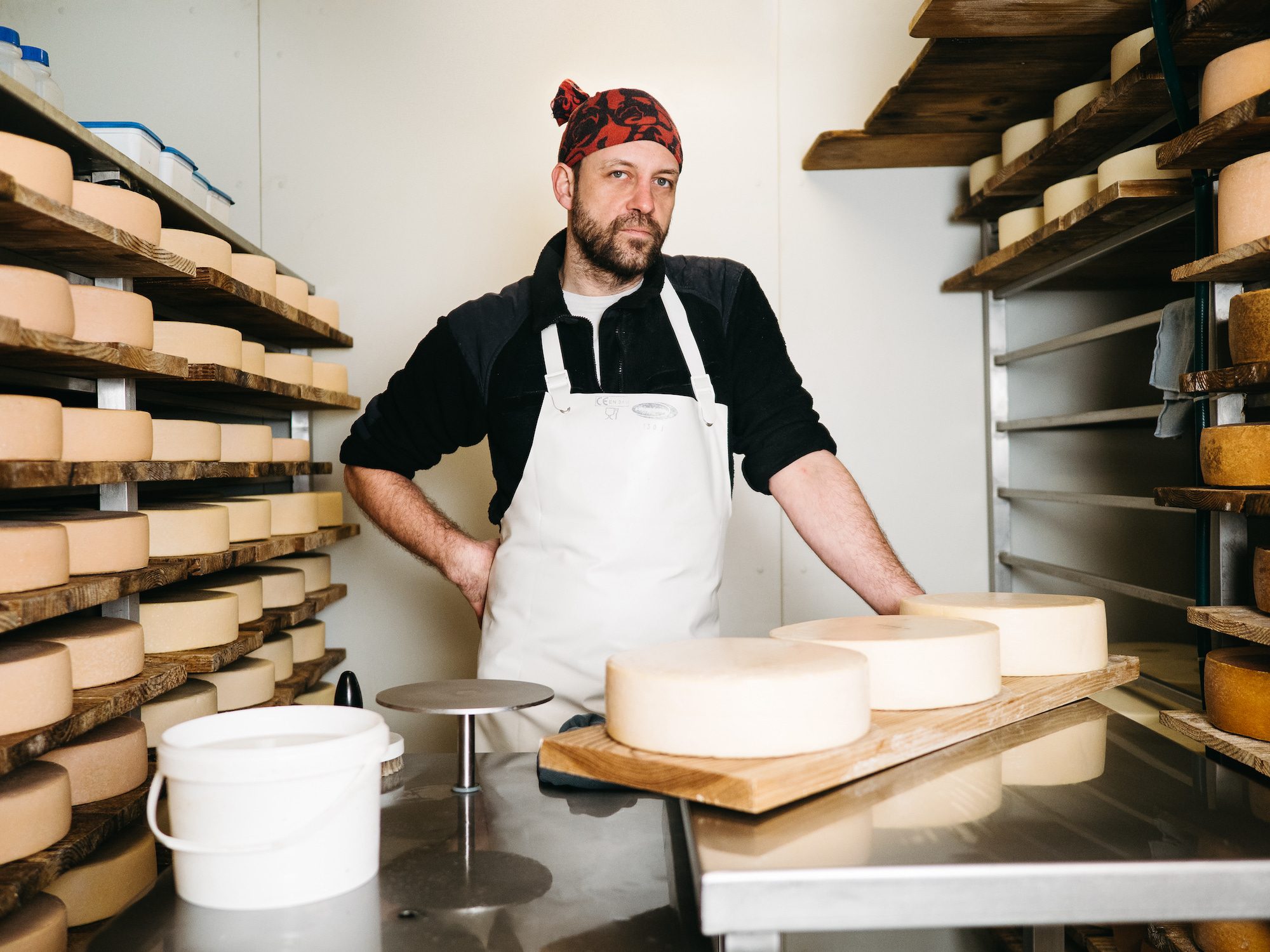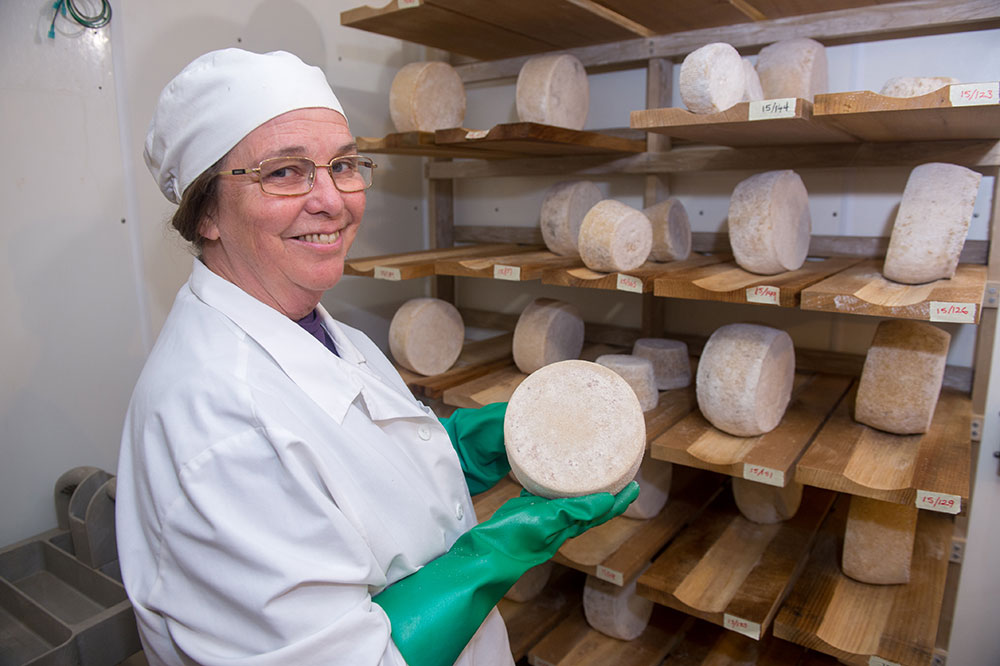Learn the Art of Floridia Cheese: A Guide to Cheese Makers Melbourne
Learn the Art of Floridia Cheese: A Guide to Cheese Makers Melbourne
Blog Article
Opening the Secrets of Artisanal Cheese Making: A Detailed DIY Overview
In the world of culinary craftsmanship, artisanal cheese making stands as a testimony to the fragile balance in between tradition and technology. Each action in the procedure, from picking the ideal milk to improving aging techniques, holds within it a riches of understanding gave via generations. As we start this journey to debunk the art of developing charming cheeses, we are confronted with a tapestry of skills and tricks waiting to be untangled. Join us as we explore the complexities of this old craft, where science, persistence, and art converge to produce tastes that entice the senses.
Selecting the Right Milk
When starting the trip of artisanal cheese production, the selection of milk plays an essential function in figuring out the quality and attributes of the end product. The kind of milk chosen impacts the taste, texture, and on the whole profile of celebrity. Raw milk, straight from the animal, is liked by many artisanal cheesemakers because of its distinct mix of enzymes, microorganisms, and taste compounds. Using raw milk comes with guidelines and risks, making sterilized milk a much safer choice for novices.
In addition, the resource of the milk, whether from cows, goats, sheep, or buffalo, contributes unique tastes and characteristics to the cheese. Each type of milk brings its very own subtleties, permitting for a broad range of cheese selections to be crafted based on the picked milk.
Culturing and Coagulating
To launch the cheese-making procedure, the crucial steps of culturing and coagulating need to be very carefully carried out to change milk right into curds and whey. Culturing entails presenting useful microorganisms to the milk, which after that begins the fermentation procedure. These microorganisms transform lactose (milk sugar) right into lactic acid, developing the acidic environment necessary for coagulation. The type of culture made use of can significantly impact the taste, appearance, and ripening of the last cheese item.

The timing and temperature level control throughout culturing and coagulation are important aspects that influence the final end result of celebrity. Correct implementation of these steps is necessary to make sure the preferred appearance, taste, and uniformity of the artisanal cheese being generated.
Draining Pipes and Pressing Curds
After the milk proteins have coagulated and the curds have actually been reduced to release whey, the following critical step in artisanal cheese making entails draining and pushing the curds to achieve the desired appearance and uniformity of the last cheese product. The time for draining can differ depending on the type of cheese being made and the wanted moisture content.
Once the curds have actually sufficiently drained, the following action is pushing. Pushing aids remove any remaining whey and compacts the curds to develop a solid cheese wheel. Pressing can be done making use of specialized cheese presses that use gentle and consistent pressure over a period of time. The period and stress used throughout pushing will influence the final structure of celebrity, from luscious and soft to hard and firm. Correct pressing and draining are vital steps that significantly affect the high quality and attributes of the artisanal cheese being generated.
Aging and Flavor Strategies
Applying careful aging and flavor methods is pivotal in boosting the depth and complexity of artisanal cheeses, boosting their her response taste profiles to beautiful degrees of refinement and refinement. Aging plays a vital role in creating the distinct tastes and appearances that distinguish artisanal cheeses.
Seasoning strategies also contribute dramatically to the final preference of artisanal cheeses. Cheesemakers may select to introduce additional tastes by integrating active ingredients such as natural herbs, seasonings, or even fruits right into celebrity during the production process. Additionally, some cheeses are cleaned or rubbed with various fluids, such as salt water or alcohol, to enhance their textures and flavors.
Wrapping and Storing Cheeses

Verdict
In conclusion, understanding the art of artisanal cheese making entails meticulously selecting the right milk, complying with precise culturing and coagulating processes, draining pipes and pushing curds successfully, and making use of different aging and flavor methods. By adhering to these steps carefully and with attention to detail, you can produce your very own scrumptious and distinct cheeses in your home. Bear in mind to wrap and keep your cheeses appropriately to guarantee ideal taste and appearance development. Pleased cheese making!
Each type of milk brings this link its own nuances, allowing for a wide variety of cheese ranges to be crafted based on the selected milk.After the milk proteins have find out coagulated and the curds have been cut to launch whey, the following critical step in artisanal cheese making involves draining pipes and pushing the curds to attain the preferred structure and consistency of the last cheese item. The majority of cheeses need to be covered in wax paper or cheese paper to enable them to breathe while safeguarding them from drying out. For cheeses that need to continue aging, such as bloomy rinds or washed peels, guarantee they are kept in an amazing atmosphere like a cheese cave or a fridge established to the proper temperature. By paying attention to the covering and storage space of artisanal cheeses, cheese makers and enthusiasts can maintain the integrity of these delicacies and totally appreciate their complex tastes.
Report this page